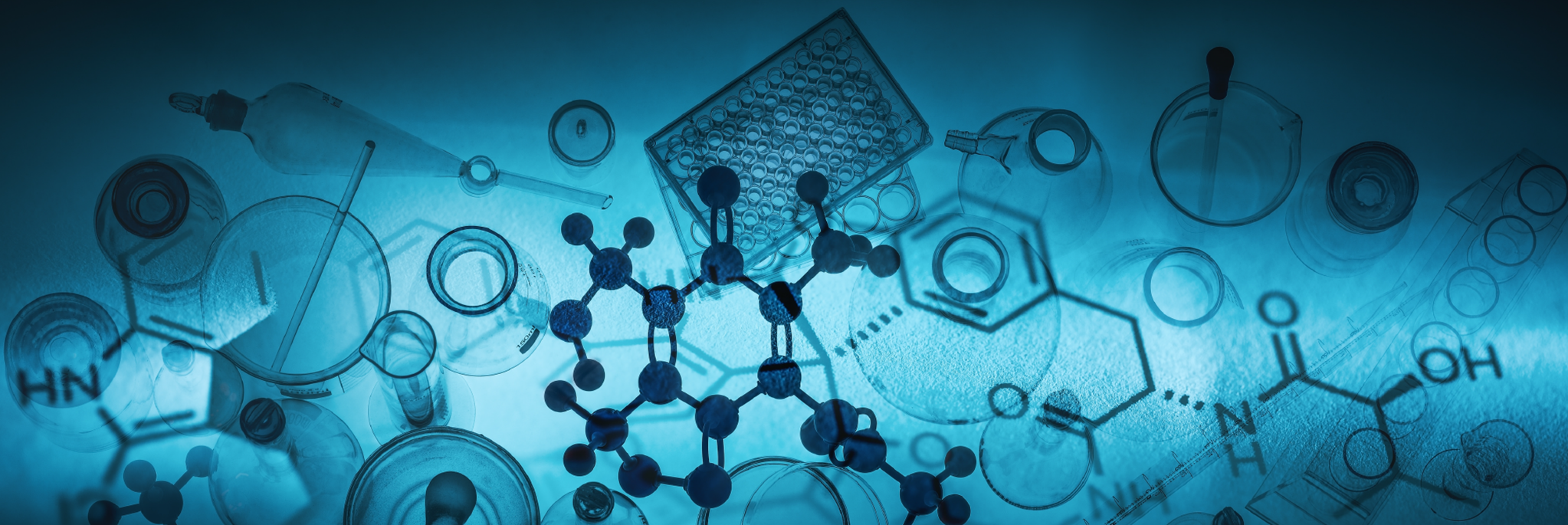MHF TOP PICKS FOR December
Every month, we at the Mueller Health Foundation like to showcase interesting news and updates in the field of tuberculosis. Below are our top 3 picks for December:
- Study Finds Natural Compound That Activates Macrophages to Fight Resistant Tuberculosis Bacteria
A few years ago, Prof. Bernd Plietker made a promising new class of natural
substance-based active compounds accessible by developing a short and
parallelizable total synthesis: polyprenylated polycyclic acylphloroglucinols
(PPAP). Building on these initial results, he and his team, in cooperation with Prof.
Steffen Stenger from Ulm University Hospital, have now been able to show that a
specific PPAP, PPAP53, is able to activate human macrophages to fight resistant
tuberculosis bacteria without being toxic to the macrophages themselves. Fighting
TB within macrophages is a promising way of successfully combating the infection
at an early stage and thus avoiding the development of resistance long before the
symptoms of infection appear. Several tests have shown that PPAP53 exclusively
fights intracellular TB by passing through or activating the cell membrane without
damaging the macrophage. A further advantage of PPAP53 over existing drugs is
that it does not lead to an increase in the concentration of liver enzymes. This
prevents a decrease in the effectiveness of the treatment due to the undesired
degradation of the active substance in the liver. To learn more, you can access the
full paper at:
https://pubs.acs.org/doi/10.1021/acs.jmedchem.3c01172
- New Study Links Blood Glycerol Levels to Tuberculosis Severity in Type 2 Diabetes
A collaborative study between the A*STAR Infectious Diseases Labs (A*STAR ID Labs) and the University of Massachusetts (UMass) Chan Medical School has uncovered that elevated glycerol levels are responsible for increased severity of tuberculosis disease in experimental models with type 2 diabetes (T2D). The researchers of this study found that T2D led to more bacteria in the lung, tissue damage, and deaths when infected with Mycobacterium tuberculosis (Mtb), the bacterial pathogen responsible for causing TB.
DID YOU KNOW?
A new report released recently by Treatment Action Group (TAG) and the Stop TB Partnership has found that cumulative funding for tuberculosis (TB) research and development (R&D) over the past five years is falling shockingly short of commitments. Below, we have summarized key findings from the report:
- The $4.7 billion funding total reached for the period 2018-2022 is less than half of the $10 billion pledged by world leaders at the United Nations High-Level Meeting on TB (HLM) in 2018.
- Global funding for TB R&D was $1 billion in 2021 and $1.03 billion in 2022 – barely half of the $2 billion annual target agreed at the 2018 HLM.
- Current R&D funding levels are insufficient to produce and roll out the new tools needed to find, treat, and prevent the 10 million new cases of TB each year.
- Spending on TB vaccine R&D was 80% short of targets set by Stop TB Partnership’s 2018–2022 Global Plan to End TB.
- Funding for drugs and diagnostics lagged behind targets by 75% and 35%, respectively.
- Funding from just two organizations – the United States National Institutes of Health and the Bill & Melinda Gates Foundation – accounted for over half of all expenditures on TB research in 2022.
- Global funders must play catch-up to compensate for years of underfunding and should allocate a minimum of $5 billion annually to TB R&D between now and 2030, as agreed by world leaders two months ago at the second UN High-Level Meeting on TB in September.
- Without an unprecedented mobilization of resources, the world will remain perilously off-track of making good on this historic commitment to finally defeat history’s deadliest infectious disease – with an additional 6.6 million TB deaths by 2030 estimated if the status quo is maintained.
